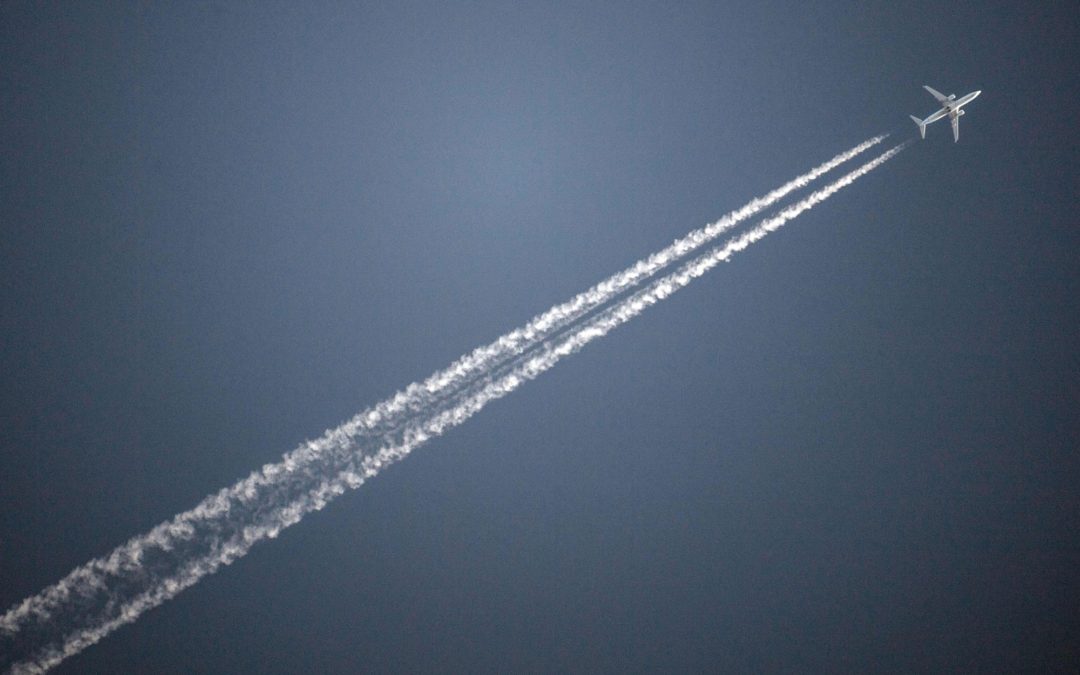SOURCE: Bloomberg
DATE: March 10, 2019
SNIP: Environmental activists recoil for a reason when the super-rich fly private jets to forums that preach carbon neutrality. Airplane pollution levels really are going through the stratosphere and nobody seems to have a viable plan to rein them in.
While energy generation and agriculture currently dwarf aviation’s 1.3 percent share of all human-caused greenhouse gases, emissions from air travel are accelerating many times faster.
Airplane pollution, which has risen by about two-thirds since 2005, is forecast to jump as much as sevenfold by 2050 as incomes in developing economies advance, making flying more affordable for hundreds of millions if not billions of people, according to the Montreal-based ICAO. The International Air Transport Association, or IATA, the industry’s biggest trade group, expects the number of airline passengers to double by 2037, to more than 8 billion a year.
The surge in demand is swelling the global fleet of commercial passenger craft, which Boeing Co. sees doubling to 40,000 in the same period. The pool of private jets is increasing at a similar pace, with JetCraft, a market-intelligence firm, predicting a 50 percent gain within a decade, to 30,000 from 20,000.
Add cargo and military craft into the mix and total air traffic will probably grow 4.4 percent a year on average over the next two decades, requiring the overall addition of 37,000 new planes with a combined value of $5.8 trillion, according to Airbus SE, Boeing’s main competitor.
All of these forecasts are terrifying climate scientists and activists who say increasing concentrations of greenhouse gases are leading to rising temperatures, more extreme weather and higher death tolls from natural disasters caused at least in part by human activity.
The sheer rise in passenger numbers has overwhelmed advances in ultra-light materials, engine efficiency and piloting, which have all reduced fuel waste.

